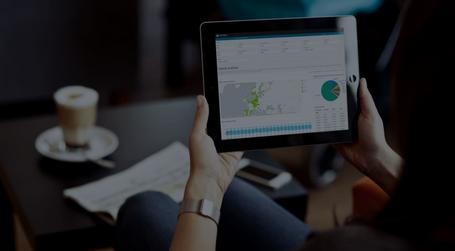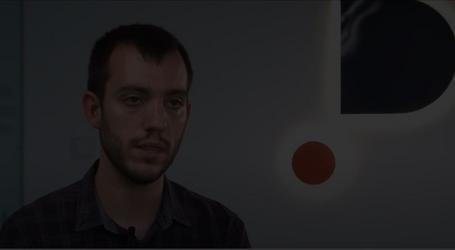Supporting a sea of devices.
How can we maximize efficiency in managing 250,000+ telecare devices spread all over the world, obtain business indicators, and predict what is going to happen? These are the big challenges Legrand’s Assisted Living and Healthcare Division is faced with.
These devices make it possible to guarantee the security and continuity of telecare services and to monitor in real time different factors such as the state of health of people with a certain degree of dependency, their level of physical activity, and so on in order to be able to devise personalized care plans.
More than 800,000 events are currently processed every day, which makes it virtually impossible for operators (the staff in charge of managing the technology fleet) to deduce the existence of possible incidents in sets of devices in order to proactively resolve them.
In addition to solving them quickly, it is necessary to be able to process all this information, have an aggregate vision, and obtain indicators that are useful for its analysis by the business. Looking further ahead, why not apply intelligence to predict what is going to happen? The real challenge is to achieve a more predictive and less reactive business model.
Leveraging the services in the rich ecosystem of AWS solutions and applying its Data Clinic approach to define a data strategy and architecture, Paradigma Digital has designed, together with the Neat team, a technological solution that allows acquiring and processing a high volume of technical alerts from Neat’s telecare devices as well as accessing and displaying them and reporting anomalous patterns.
Our Data Clinic focuses on data, processes and their alignment with business goals to identify and define use cases where data are squeezed to their last drop from a functional point of view by taking advantage of state-of-the-art AWS cloud analytics technologies.
During Neat’s Data Clinic, and with the help of the Amazon QuickSight BDM team, we analyzed the Amazon QuickSight roadmap in detail, in direct contact with the product technical team, to be able to assess and plan how Neat’s needs could be met, both at an initial stage and in the medium term, by QuickSight’s capabilities.
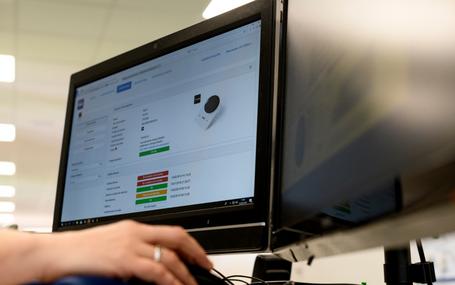
First goal: Operational efficiency.
This first stage has been focused on improving efficiency in the management and monitoring of the installed fleet by providing a dashboard that facilitates the day-to-day management of active alarms within the universe of devices. This dashboard is fully integrated into Neat’s IoT platform thanks to the content embedding capabilities of the Amazon QuickSight BI solution. In short, it is a powerful, near real-time decision-making support tool.

AWS ecosystem.

In this stage, the key components of the AWS ecosystem that allowed us to arrive at the final solution were:
- Amazon QuickSight, for dashboard creation.
- Amazon Elasticsearch, as the main datastore.
- AWS Lambda, for running processes.
- AWS Step Functions, for generating process flows.
- Amazon MQ and ActiveMQ/RabbitMQ, as information exchange queues.
- Amazon S3, for data storage.
Present in more than 2.5 million homes.
Datos
A solution that provides flexibility and guarantees future growth.
The solution we have designed is based on AWS managed services in order to take advantage of the high availability and resilience benefits these solutions provide and to bring maintenance costs down to a minimum by applying a pay-per-use model.
AWS services are also highly scalable, thus guaranteeing business continuity and permitting workload-based scaling.

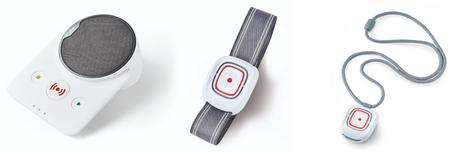
Enabling real-time decision-making.
We connect Neat’s entire fleet of devices to data sources with which we can generate the information operators need to be much more efficient at their work. Hence, they will no longer need to go device by device to find out what is happening because now they can clearly see “live” how the entire fleet of devices is behaving.
In addition, we designed a parallel alarm system that even more immediately detects outages or potential failures and events in the entire network of devices. This system directly feeds Neat’s existing device management system. Most importantly, it is ready to scale and become smarter in subsequent stages. By identifying patterns based on massive data ingestion, we will be able to devise new and increasingly sophisticated alarms that are adapted to the reality of Neat’s business.
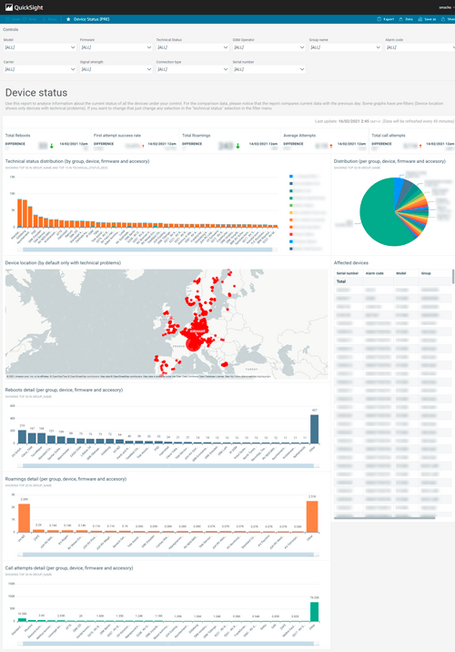
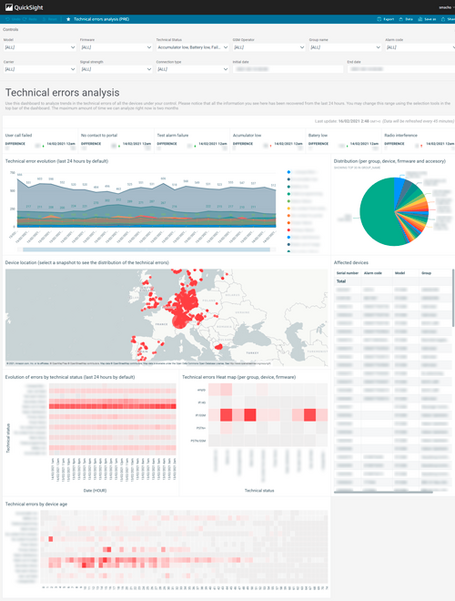
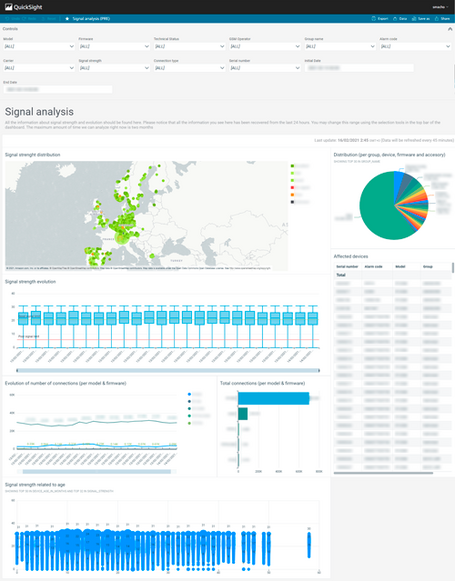
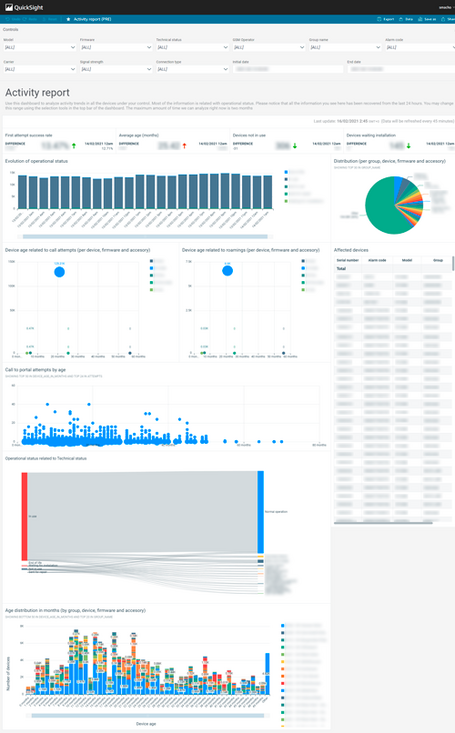
And this is only the first step.
This stage lays the foundation for several lines of product evolution.
The operational alert data store built is just the first stage in the alert processing lifecycle. Based on it, we will be able to build an analytical Cloud Data Warehouse – based on Amazon Redshift – that will put advanced Business Intelligence capabilities in the hands of Neat’s business users and customers – not only in the form of static reporting and dashboards but of a true ad-hoc analytics and data self-service application thanks to the ease of use of QuickSight as an end-user visualization tool.
On the other hand, the application of machine learning models with Amazon SageMaker will allow us to develop, from the same information, a rich ecosystem of predictive and cognitive use cases for anticipating incidents in the network of devices and even to automatically reconfigure it by applying the latest AIOps techniques.
And that is just one of the technical dimensions of the product’s capabilities. Neat’s advanced telecare terminals are also IoT hubs that are integrated with a whole ecosystem of devices, such as fall detectors, cameras, various types of sensors, bio-measurement devices, and so on.
Cross-analytics of events from these devices opens up a range of use cases that can significantly improve user monitoring at home or in nursing homes, such as accident prevention, detection of possible episodes requiring medical care, alignment with action protocols, and personalized care based on the user’s profile (or even their medical history).
In short, this growing Connected Care ecosystem is bound to grow, incorporating devices that allow us to enrich user interactions, with voice communications and even video consultations, to which we can apply AI techniques, such as voice analysis and computer vision.
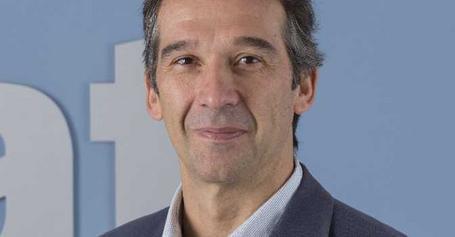
We were looking to collaborate with an expert company in digital transformation and Paradigma was ideal for us because it is also an AWS Consulting Partner.
Arturo Pérez
CEO of Neat
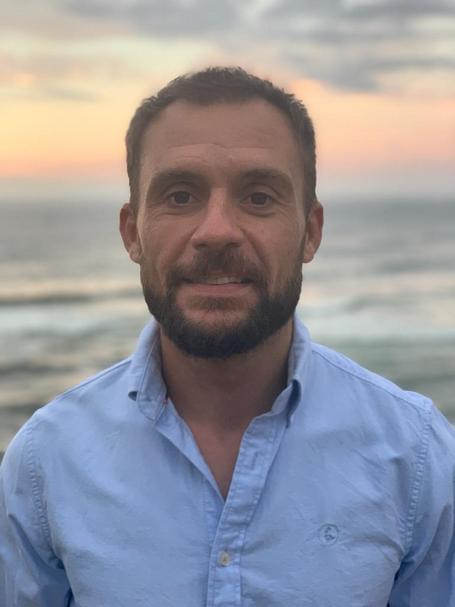
Paradigma has advised us in choosing the most appropriate products from the AWS ecosystem and has helped us to give more value to data.
Íñigo Ruiz
Product and Marketing Manager of Legrand’s Assisted Living and Healthcare Division
numbers

